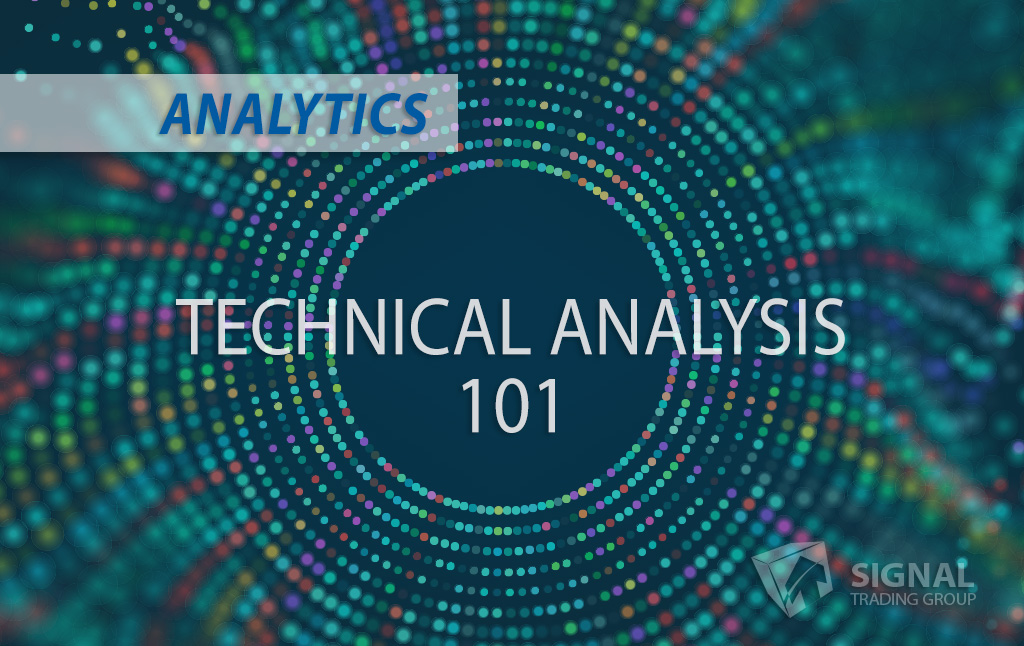The Technical Analysis 101 blog series is your guide to understanding trading concepts, price patterns, and technical indicators. Every post will focus on a specific topic to expand your knowledge and elevate your trading game.
Chaikin Money Flow (CMF)
Investing in the futures markets requires careful analysis and understanding of various technical indicators. Among these, the Chaikin Money Flow (CMF) is a powerful tool that allows traders to evaluate the strength of markets and predict trends. In this blog post, we will dig deep into the mechanics of CMF, explore how it helps traders make informed decisions, and discuss the different signals it provides.
What is Chaikin Money Flow (CMF)?
The Chaikin Money Flow is a technical indicator that measures the flow of money in and out of a market over a certain period. Created by Marc Chaikin, the CMF is a volume-weighted average of the Accumulation/Distribution Line. This oscillator gauges the balance between buying and selling pressure over time.
By considering both the closing price and the trading volume, the indicator helps traders:
- Detect potential bullish and bearish trends.
- Evaluate the strength or weaknesses of a market.
- Anticipate possible trend reversals.
CMF Assumptions and Signals
The Chaikin Money Flow’s primary assumption is that price and volume changes often precede more significant shifts in a market’s trend. So let’s analyze the different CMF signals and explore their implications:
The Significance of High Close Price and Increased Volume in a Bullish Stock
When a market’s close price is consistently high and its trading volume increases, the CMF assumes strong buying pressure. This bullish scenario typically pushes the CMF value above zero, signaling that the market could see continued gains as more investors and traders buy-in.
Evaluating Weak Markets with Relatively Low Close Price and High Volume
When you see a relatively low close price combined with high trading volume, this might be a sign of potential weakness in the market. In this case, the market’s price is decreasing as much as one would expect, considering the high volume. This scenario pushes the CMF value to zero, suggesting a possible trend reversal or at least a stagnation of the positive trend.
A Bearish Signal Indicating a Chaikin Money Flow Reading of Less Than Zero
A bearish signal indicates strong selling pressure if the Chaikin Money Flow value is consistently below zero. In this scenario, the selling force surpasses the buying force, which might cause the market price to drop in the future.
The Relationship Between the Length of Time a Market Remains Less Than Zero and the Evidence of Sustained Selling Pressure
The longer a market’s CMF value stays below zero, the more evidence there is of sustained selling pressure. This time factor reinforces the bearish signal provided by a negative CMF value, suggesting that a downward trend might continue for an extended period.
The Role of the Oscillator’s Absolute Level in Determining the Degree of Buying and Selling Pressure
The absolute level of the CMF oscillator helps investors gauge the intensity of the buying or selling pressure. A value close to +1 indicates strong buying pressure, while a value close to -1 represents strong selling pressure.
The Different Levels of Significance for a Positive or Negative CMF Reading
Depending on the CMF value, investors can determine the strength of a bullish or bearish signal:
- A slight positive +0.1 or negative -0.1 value does not necessarily indicate a strong trend.
- A value between +0.25 and -0.25 might suggest that the market is still being determined and investors are still deciding the market’s future direction.
- A CMF reading above +0.25 is generally considered bullish, while values below -0.25 are bearish indicators.
The Bottom Line
The Chaikin Money Flow (CMF) is a technical indicator that helps traders evaluate a market’s strength or weakness by considering its price and volume movements over time. By analyzing this oscillator’s various signals, investors can know whether they should buy, sell, hold, or stay away from certain futures markets. It is an essential tool for traders and investors to use in their financial decision-making process.




